Kerak
Al Thuraya Travel & Tours
ATTRACTIONS
Whether you approach Kerak from the ancient Kings Highway to the east or from the Dead Sea to the west, the striking silhouette of this fortified town and castle will instantly make you understand why the fates of kings and nations were decided here for millennia. An ancient Crusader stronghold, Kerak sits 900m above sea level and lies inside the walls of the old city. The city today is home to around 170,000 people and continues to boast a number of restored 19th century Ottoman buildings, restaurants, places to stay, and the like. But it is undoubtedly Kerak Castle that dominates.
kerak castle
Kerak Castle is a dark maze of stone-vaulted halls and endless passageways. The best preserved are underground and can be reached via a massive door (ask at the ticket desk). More imposing than beautiful, the castle is nevertheless an impressive insight into the architectural military genius of the Crusaders.
With some care, you can walk along the crenellated top of the West Front wall and admire the sweeping view. On clear days, you can look across the Dead Sea and see all the way to the Mount of Olives bordering Jerusalem.
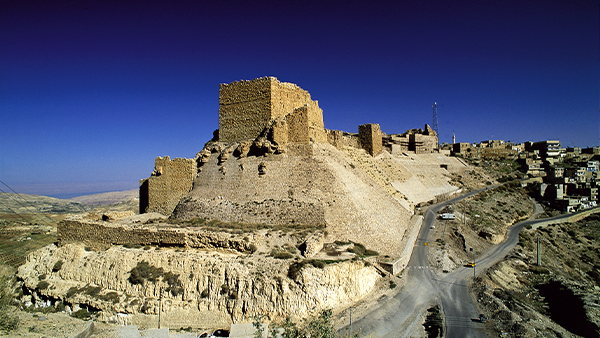

kerak castle plaza
Outside the castle, visitors can visit the Castle Plaza, where beautiful 19th century Ottoman administrative buildings have been redesigned to house a tourist center, with restaurants, a crafts center and other facilities grouped around a central plaza.
kerak archeological museum
The Kerak Archaeological Museum was established inside the old castle, which has remains from the Moabite period in the first millennium BC, going through the Nabataean, Roman, Byzantine, Islamic and Crusader periods. The museum was opened in 1980.
The main part of the museum is a large hall in a vault of the castle, used as living quarters for soldiers in the Mameluk period. The collections date from the Neolithic up to the late Islamic periods and come from the Kerak and Tafila regions. Among the sites is Bab Adh-Dhra’, famous for its Bronze Age burials. The museum houses remains of skeletons and pottery from the Bab Adh-Dhra’ graves; Iron Age II artefacts from Buseirah; Byzantine glass vessels and inscriptions, and Roman and Nabataean artefacts from Rabbah and Qasr.
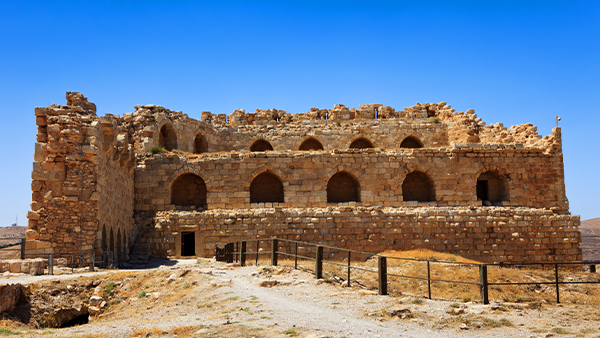

mazar islamic museum
Located at Al-Mazar near Kerak, the museum is host to a collection of items representing Islamic civilization and culture, including sculpture, ceramics and coins.
prophet nuh’s (noah) shrine
You can visit Prophet Nuh’s (Noah) shrine in Kerak, and his tomb lies close to the city. God sent Noah to his people to warn them of divine punishment if they continued to worship idols, and to build a mighty ark that would withstand the floods to come.
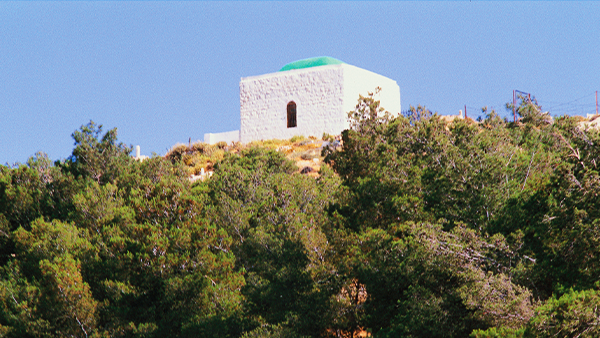
weidaa slabs
On the road up to Kerak from the Dead Sea stand several west facing limestone cliffs that surround the small creek of Wadi Weidaa. These walls sometimes reach 200m in height with both bolted and non-bolted routes. This trail is perfect for beginner climbers and with a 5 pitch trad climb route and a spectacular view over the dead sea.
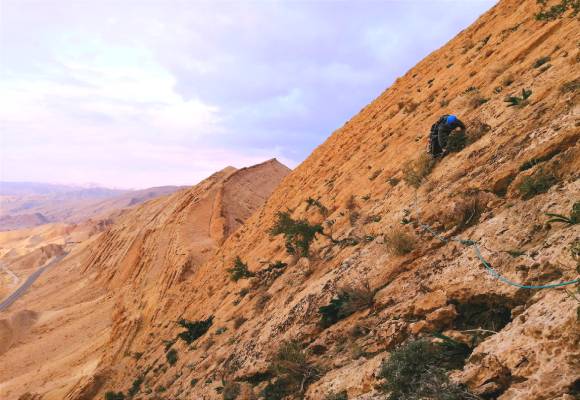
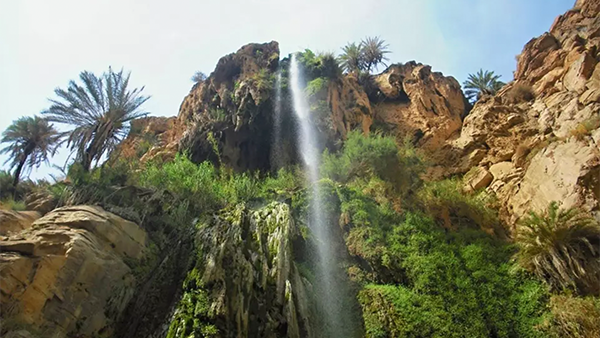
hiking and abseiling in al karak valley
Wadi Al Karak is one of the wonders of Jordan. The hike will cover a range of terrain from gentle slopes to strenuous mountains, water streams, and rocky peaks, spring wildflowers, tree-covered mountains and clear views for miles. The total distance of the hike will be 12 KM, along the hike you will experience many natural streams and waterfalls. We will be hiking and rappelling/abseiling on 5 waterfalls heights 8-25 m.
mansaf making (and eating!) in al-karak
A creative way to familiarize yourself with an integral aspect of the Jordanian culture is to participate in a cooking experience hosted by experienced women. Served in almost all occasions, this one national dish is worthy of every minute spent on preparing it! Learn how to make the broth with the optimum density and get ready to tear some shrak bread.
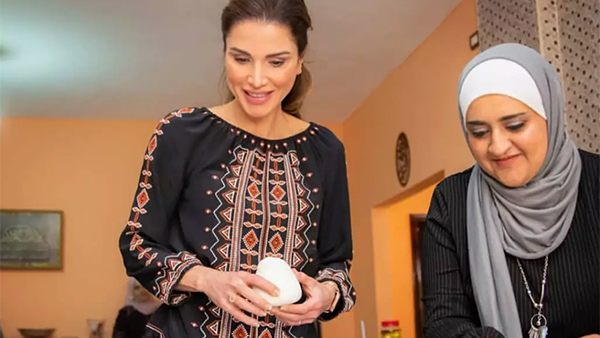
three wadis to karak
Three Wadis to Karak
By this point on the trail you encounter some of the spectacular Dead Sea wadis. First, Wadi Mujib, one of the grandest wadis in Jordan, Fertile farmland with rich red soils and Bedouin tents create a dramatic landscape. The ruins of Majdaline lead you to Wadi Ibin Hammad before descending into Wadi el Tawahin. Finally, Wadi ez Zaiyatin takes you to the imposing crusader castle of Karak, impressively situated to overlook the surrounding landscape.
Total Length: 75 KM Days: 4 Hiking days
Main sites in the region:
– Wadi Zarqa Ma’in
– Wadi Hidan
– Wadi Mujib
– Ruins of Majdaline
– Karak Castle
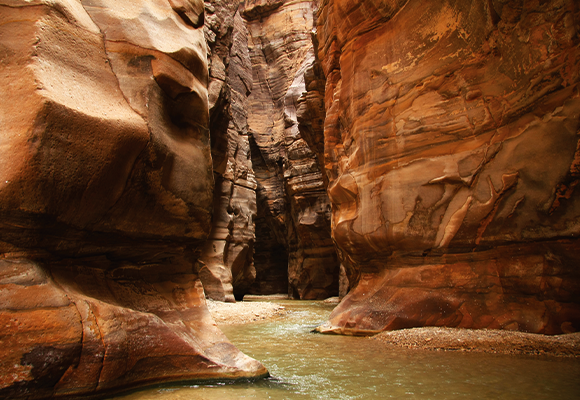

karak to dana
Karak to Dana
The crusader landscape continues in this section as you exit Karak, passing the old crusader village of Shehabieh and the abandoned village of Khirbet Ainun. Orchards and olive groves grow abundantly through fertile plains. Crossing another Dead Sea canyon, Wadi Hasa, the landscape becomes a series of towering limestone cliffs and ridges before reaching Edomite ruins at Sela and Ma’tan. After moving on through the deep Wadi Labun, the trail turns to easier terrain as it passes over the next hill to the restored village of Dana, its hotels and campsite resting on the rim of Wadi Dana at the edge of the Dana Biosphere Reserve.
Total Length: 84.5 KM Days: 5 Hiking days
Main sites in the region:
– Karak Castle
– Khirbet Ainun village
– Tor al Taboun crags
– Wadi Hasa – Burbaita village
– Ma’tan and Buseira and Edomite ruins
– Dana Village and Dana Biosphere Reserve
